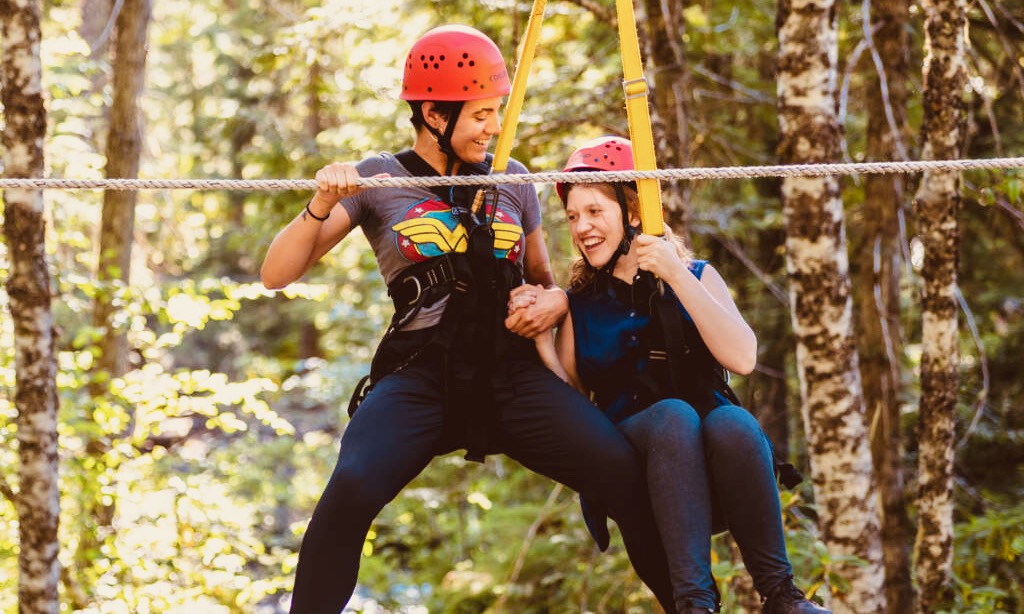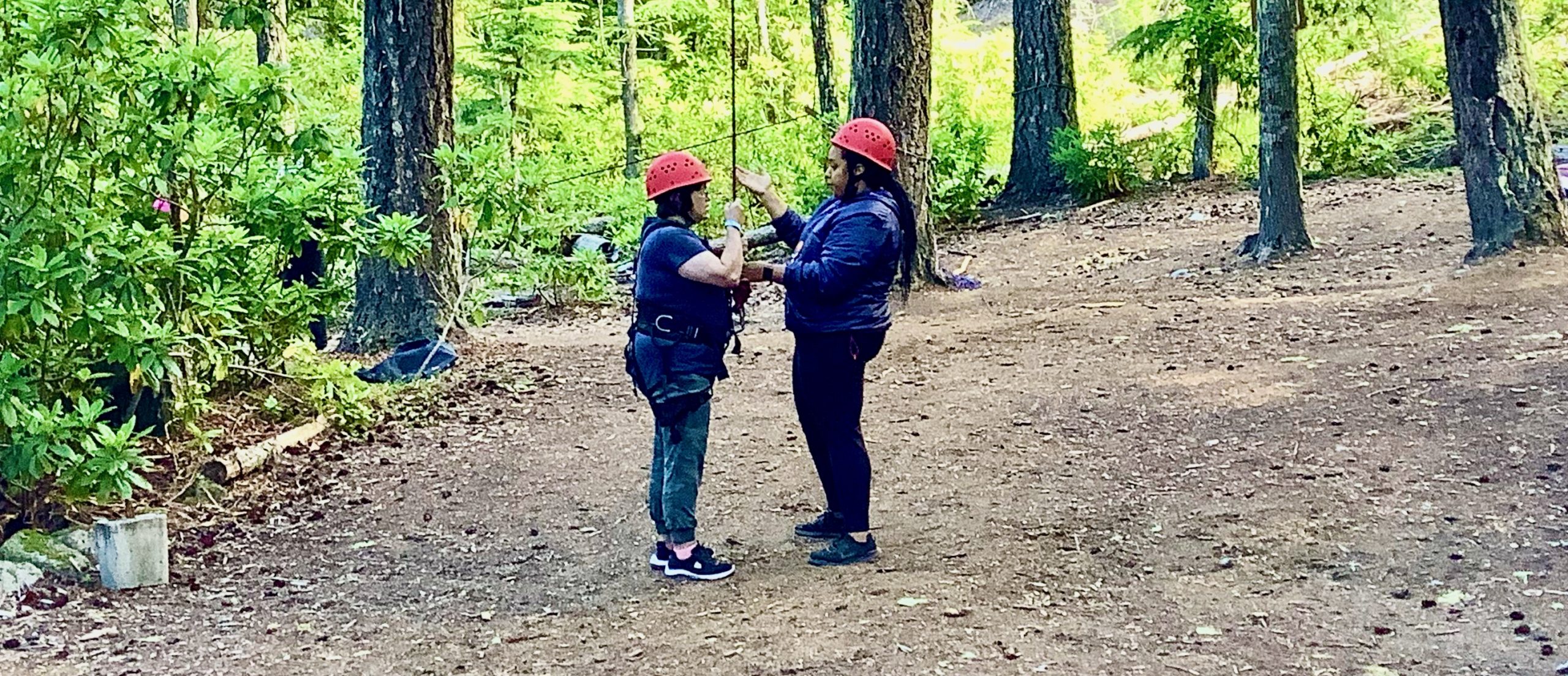+ Behavior is Communication
Tips for Successful Communication:
- Tell others what you are doing before you do it.
- Wait Time! Take time to listen – be patient and attentive. Let people finish. Some people may need more time to gather their thoughts. Let them speak for themselves.
- Omit needless words – keep it short, simple, slow and steady but DO NOT PATRONIZE. Do not speak to a person who is 15 years old like they are five.
- Use concrete, literal language. Observe and check for understanding. Make sure the person you are talking to understands what you are saying. Ask questions, watch body language, etc.
- Never pretend to understand what someone is saying when you don’t. Tell the person that you are having trouble and ask them to repeat it or show you what they mean.
- Behavior = communication. Watch and look for a person’s behavior to indicate what they are saying.
- Pick up on cues and give feedback. Be attentive and try to figure out what another person might be saying to you. Repeat what you think the person is saying to see if you are correct.
- Use self-talk (talk about what you are doing), information-talk (talk about what another person is doing or what is happening around you), and expansion (elaborating on what another person is saying, to include more words or clarify).
- Provide opportunities for choice and independence. Help campers be in control of their actions by providing choices.
- “Don’t judge a book by its cover.” Expect, wait for, and respond to communication. Just because a person has a disability does not mean they are unable to communicate.
BEHAVIOR IS COMMUNICATION! (some examples)
At camp there are many unique behavior issues that arise because campers do not meet developmental stages that would be expected for their ages. They could be chronologically teenagers, but may not have the cognitive and emotional skills that typically-developing teenagers often have. They could have learned some verbal language and responses that make them seem much more capable of communicating than they are. If they do not have the right words to let people know their needs they will exhibit behaviors to express themselves. Behaviors may also be exhibited to hide fears or anxieties. Following are some examples of typical behaviors.
- A camper is sitting in the lodge with his group coloring in their journal. Suddenly, the camper raises their felt pen as if they are going to throw it. The counselor says, “Don’t throw it!” The camper promptly does. The counselor bends down to pick it up and they grab the counselor’s hair. Everyone gathers noisily around to free the counselor, then the camper begins hitting and biting themselves.
Hindsight is always beneficial when trying to figure out what triggered a behavior. In this scenario the counselors were insistent that this violent behavior was unsolicited and the camper should be sent home. We went through the ordeal in small steps. The camper first acted like they were going to throw the pen. What happened to make them do that? One of the counselors suddenly realized that just at that time, two groups of campers and counselors who were on their overnights walked into the lodge for their showers. So, why did a quiet environment suddenly become overwhelming to a camper? They may have become over-stimulated due to the noise and an increase of people within the space. Their first way to communicate “It is too noisy in here!” was to make a motion with the pen. When this gesture did not stop the noise, the behavior escalated. . Once the group realized what triggered this behavior, they could avoid any more events similar to this by preventing the situation. The camper went into the dining hall before the others to get their food, then ate on the porch. The camper was warned if a group was coming and it would get noisy, etc. The rest of the week went very well for them.

- A camper was in a group getting ready to go on the stream crossing. On the way up they kept going off the trail and had to be redirected. They started teasing another camper and name calling; finally they cussed out their counselor and ran away.
It is very difficult to look past the behavior and figure out what the campers are wanting to say. In this case, the camper was afraid to go on the stream crossing, and they did not want anyone to know that they were scared. After all, they were letting everyone know how tough they were. They were creating a diversion. “Look at my behavior, not my fear!” The counselor realized this and started reflecting and personalizing fears around heights. They suggested watching a few go across. The counselor made the camper feel understood instead of weak, and together they crossed the stream, then talked about ways to let people know how they feel.
- A camper was hiking to the waterfall with her group. They started to cry, sat on the ground and refused to go any farther. The counselors assumed that they were being oppositional and stubborn, which was not unusual, and insisted that they finish the hike through coercion and bribery. When they returned to the camp and got ready for bed, they discovered that the camper’s feet were covered with blisters.
This is a case where a camper does not have the ability to let anyone know that they hurt. It is not uncommon to have campers acting out because they are physically uncomfortable. They could be having cramps, headaches, sunburns, subtle seizure activity, etc. Always rule out any physical problem when assessing the reason behind an unexplained behavior. It may be necessary to include the nurse in the assessment because often campers will answer yes to any question that is asked of them.

